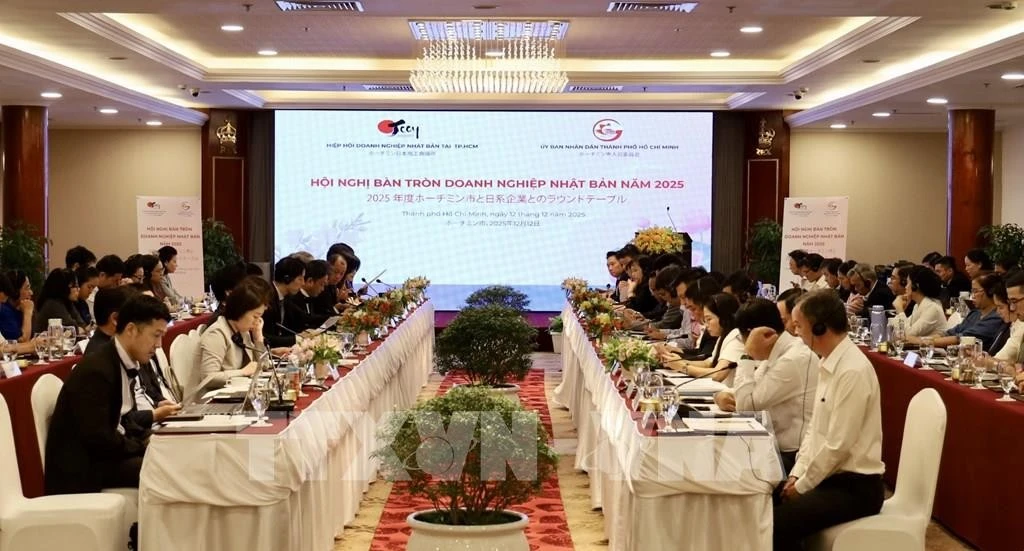The US pushes strong trade policies
According to Do Ngoc Hung, Head of the Vietnam Trade Office in the US, since becoming US President, Donald Trump has maintained a strong momentum in promoting strict trade policies to fulfill his campaign promises. These policies impact tariffs, investments, and global supply chains.
Specifically, the US has launched a public consultation process regarding concerns over unfair or non-reciprocal trade practices from global partners, aiming to formulate countervailing tariff policies. The US Trade Representative (USTR) is currently reviewing and compiling reports on non-market or unfair trade measures by country, identifying barriers to US exports, as a basis for adjusting trade policies to mitigate disadvantages for American businesses and the economy. The primary focus is on countries with the largest trade deficits.
Additionally, President Trump has issued an executive order to protect American businesses from trade barriers, which could lead to the reopening of trade investigations into the impact of digital services taxes (DST) imposed by France, Austria, Italy, Spain, Turkey, and the United Kingdom. This order also paves the way for further investigations into other taxes and economic policies.
Moreover, according to Hung, President Trump has directed the Secretary of Commerce to review policies and regulations concerning anti-dumping and countervailing duties (AD/CVD), including aspects related to trade defence investigations.
How will Vietnam be affected?
Do Ngoc Hung noted that while US trade partners engage with the Trump administration in a spirit of compromise, the risk of retaliation remains high.
For Vietnam, Hung emphasised: “The difference in development levels and trade structures between Vietnam and the US is complementary rather than directly competitive. As a result, Vietnamese goods do not directly compete with American products but instead provide US consumers access to quality goods at reasonable prices, helping to curb domestic inflation.”
Recent data shows that in January 2025, Vietnam’s total exports to the US reached approximately 10 billion USD, up 4.6% year-on-year. Meanwhile, US exports to Vietnam stood at about 1.5 billion USD, down 6.6% compared to the same period in 2024. These fluctuations reflect a rising demand for Vietnamese goods in the US market, while imports from the US to Vietnam have slightly declined.
However, a major challenge remains: Vietnam has yet to be recognised as a fully market-based economy. This puts it at a disadvantage in US anti-dumping and countervailing duty investigations. There are also concerns about production and investment shifts from other countries to Vietnam to take advantage of lower labour costs and a competitive business environment.
Furthermore, Nong Duc Lai, Vietnam’s Trade Counselor in China, expressed greater concern over the US imposing a 10% tariff on Chinese exports. Since China is one of Vietnam’s top trading partners, and its second-largest export market, as well as Vietnam’s largest supplier of raw materials, these tariffs could significantly impact Vietnam.
On the positive side, Lai pointed out that Chinese and international businesses seek to diversify production to avoid US tariffs, leading to increased investment in countries like Vietnam. This has indirectly positioned Vietnam as an attractive destination due to its competitive labour costs and strategic location. Foreign investment inflows could help Vietnam become a key hub for supporting industries, allowing local businesses to integrate further into global supply chains, particularly in agriculture and light industry.
Vietnam also has the opportunity to penetrate deeper into the Chinese market, as China is reducing US imports while stimulating domestic consumption.
However, there are challenges as well. With China facing restrictions on exporting to the US, Chinese businesses may redirect their exports to other markets, including Vietnam, intensifying competition for local manufacturers. Additionally, Vietnamese goods will face increased competition from Chinese products in the Chinese market, due to surplus inventory.
Another concern is that in response to US trade policies, China is likely to devalue the yuan against the US dollar to boost its exports. This could create additional pressure on Vietnamese goods, making Chinese products even more competitive.
 |
| Today, the US is one of Vietnam's major textile and garment export markets. (Photo: HAI NAM) |
Solutions for adaptation
Given these realities, Lai advised businesses to assess the situation, make projections, and adopt timely and effective response strategies. Companies should develop contingency plans for tariff hikes or supply chain disruptions.
Additionally, Vietnam should expand its exports to traditional markets like ASEAN, the EU, Japan, and the Republic of Korea while tapping into the potential of Middle Eastern and African markets instead of relying too heavily on China. Businesses should leverage free trade agreements (FTAs) such as the EVFTA and CPTPP to reduce dependency on a single market.
The Head of the Vietnam Trade Office in the US recommended that Vietnam urgently develop a concrete roadmap to safeguard its trade interests against potential tariff measures from the Trump administration. At the same time, strategic cooperation with the US should be strengthened to ensure sustainable bilateral trade relations.
In this context, to achieve the 2025 target of over 12% export growth and a 30 billion USD trade surplus, Minister of Industry and Trade Nguyen Hong Dien has instructed relevant agencies to focus on resolving difficulties faced by domestic manufacturers, exporters, and foreign-invested enterprises to boost exports.
The Foreign Market Development Department and Vietnam’s Trade Offices abroad will monitor exchange rate fluctuations and their impact on Vietnam’s key export commodities, especially those competing with local exports in foreign markets. They will also assess currency devaluation policies in other countries and propose countermeasures to support exports when necessary.
Furthermore, the Foreign Market Development Department will closely track global trade dynamics, especially in key markets such as the US, China, and the EU, and provide timely updates on trade policy changes.
Vietnam’s trade officials will utilise intergovernmental committees, joint committees, trade and investment councils, and other economic cooperation mechanisms to enhance policy dialogues. These efforts aim to remove trade barriers, advocate for Vietnam’s exports, and engage with industry associations and foreign businesses with vested interests in Vietnam.
In 2024, total bilateral trade between the US and Vietnam reached 149.7 billion USD, a 20.4% increase from 2023. US exports to Vietnam totaled 13.1 billion USD, up 33%, while imports from Vietnam to the US reached 136.6 billion USD, up 19.3%. The US trade deficit with Vietnam stood at 123.463 billion USD, ranking behind China and Mexico.
















